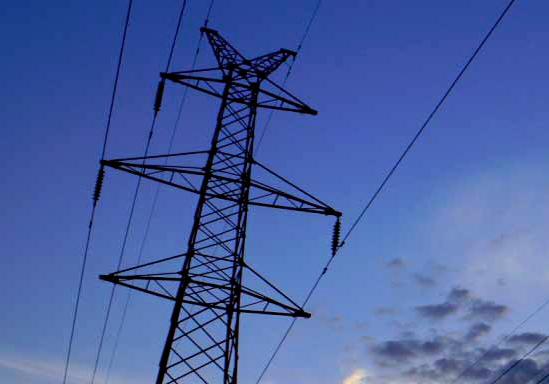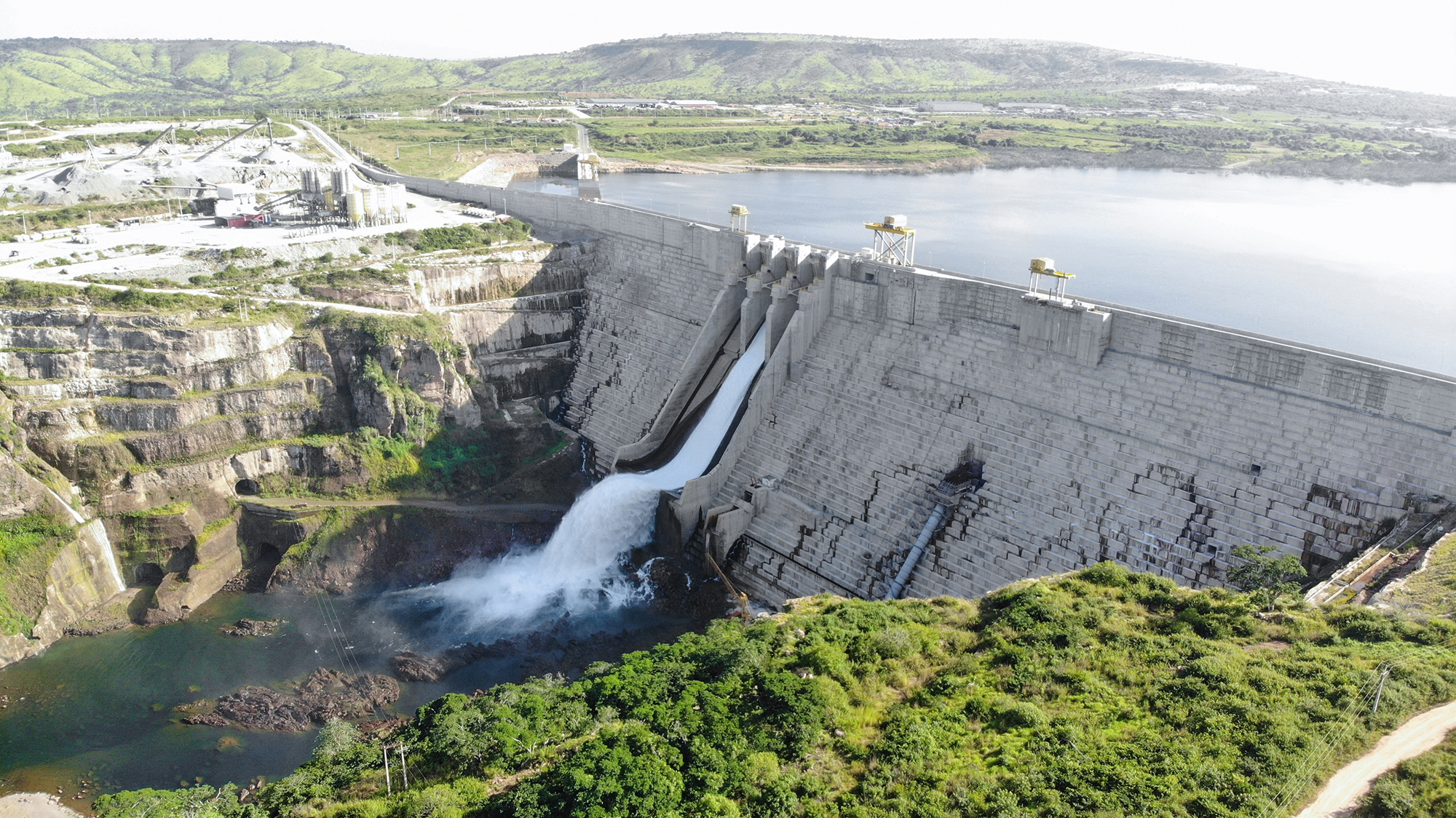
Electricity supply is a crucial ingredient of any supply chain, but in South Africa, urgent action is required to restructure the electricity distribution industry (EDI), as Dr. Willie de Beer explains exclusively to Martin Ashcroft.
EDI Holdings was set up in 2003 by the South African government to address the issue of energy distribution. Until its disbandment on 31 March this year, Dr. Willie de Beer was the organisation’s chief operations officer. “South Africa’s energy distribution system is deteriorating at a rapid rate and service delivery is becoming a major challenge for many of the municipalities in South Africa,” he told Business Excellence.
To put this into perspective, de Beer explained that when EDI Holdings was established, electricity was supplied in South Africa by the national electricity utility Eskom, and no less than 187 redistributing municipalities (since reduced to 175). In a nation with over nine million customers, Eskom supplied about 60 per cent of its sales by volume directly to end-customers (approximately 40 per cent of total customers by number), while the remaining 40 per cent of its sales volume was supplied to the redistributing municipalities for onward sales to the remaining 60 per cent of customers. It does not sound like a recipe for the most efficient of systems.
In 2001, after extensive consultation and business modelling, the South African Government concluded that the electricity distribution industry should be consolidated into six regional electricity distributors (REDs). EDI Holdings, a company wholly owned by the South African Government, was established in 2003 through the then Department of Minerals and Energy, to facilitate the process of restructuring the electricity distribution industry in South Africa. The main object of the company was to restructure the electricity distribution industry and invest into financially viable independent REDs in South Africa to ensure a more effective and efficient electricity distribution industry capable of providing affordable and accessible electricity to consumers.
The restructuring of the EDI in South Africa is required to ensure the ongoing financial viability and sustainability of the electricity distribution sector; to guarantee equitable treatment of customers in respect of prices and quality of supply and service; to remove existing inefficiencies resulting from a fragmented distribution sector; to recapitalise the currently under funded electricity distribution network assets; and to ensure that amongst others the national electrification programme is undertaken in a co-ordinated manner. The specific objectives of the EDI restructuring are[1]:
- to provide low cost electricity to all consumers, with equitable tariffs for each customer segment;
- to provide a reliable and high quality supply and service to all customers, in support of the government’s economic and social development plans;
- to meet the country’s electrification targets in the most cost-effective manner, and so ensure that electrification is contributing to social and economic development;
- to meet the legitimate employment, economic and social interests of all employees in the sector, and ensure their safety; and
- to operate in a financially sound and efficient manner, in order to provide a reliable and sustainable future for both consumers and employees.
Restructuring of the electricity supply industry is a worldwide phenomenon, by no means exclusive to South Africa. This task, however, proved to be less straightforward in South Africa than it might have been in countries like Australia, New Zealand, the United Kingdom, United States, Switzerland and Germany, which are regarded as the leaders in electricity industry reform. In most of these countries the reform process took between 10 to 15 years to complete.
These countries conducted the reform process in a legally enabled environment, however, which is perhaps the fundamental difference between the approach adopted internationally and the approach adopted in South Africa. In the case of South Africa the reform journey was engaged without the required minimum legal enablers in place. Political will and the cooperation of the current asset owners are also mission critical, to support the reform process and to endure the ups and downs of such a long journey.
“An initial pilot implementation (RED 1) was attempted in Cape Town on 01 July 2005,” said de Beer. “Though the concept was sound, however, RED 1 failed and was dissolved on 23 February 2007, mainly due to the absence of legislation to facilitate the transfer of assets from the City of Cape Town to RED 1.” One of the key lessons from that exercise, he said, is that restructuring an industry such as the EDI without the enabling legislation is not sustainable. Furthermore, he added, the Constitutional landscape, particularly the allocation of powers and functions among the three spheres of government, poses a huge challenge to any proposed reform that seeks to give a national character to concurrent functions.
The EDI is, by its very nature, an asset centric business with a replacement asset value estimated at R260 billion at 2008 values. While pockets of excellence in the current EDI are recognised, the viability of the industry is at risk due to the underinvestment in infrastructure by the current asset owners. Through the Approach to Distribution Asset Management (ADAM) study, conducted by EDI Holdings in 2008, it was revealed that the estimated maintenance, refurbishment and strengthening backlog in the distribution network was calculated at R27.4 billion (2008 values). The study also confirmed that most of the current practices in the EDI do not guarantee business sustainability and economic growth, while the associated increased operation of under-maintained plant was posing a significant risk to the industry.
The EDI Holdings study further revealed that a major contributor to the backlog was the shortage of competent technical skills in the industry, which posed a significant sustainability challenge to the EDI.
A co-operative agreement, dated 18 January 2002, which commenced on 1 April 2002, had been introduced to give EDI Holdings the authority to restructure the EDI, and the company successfully negotiated the accession to the co-operative agreement with a significant number of the relevant municipalities, albeit despite the absence of progress in the enabling legislation. As at 15 February 2011, a total of 154 out of the 175 municipalities licensed to distribute electricity had signed the accession to the co-operative agreement. (During the past couple of years the number of municipalities licensed to distribute electricity reduced from 187 to 175).
So it can be seen that EDI Holdings made significant progress in respect of RED establishment and RED operational related readiness. Since its inception EDI Holdings successfully completed 72 per cent of all the projects required for the successful establishment of the REDs. However, despite strong evidence that the structure of the electricity distribution industry leads to, among other things, sub-optimal outcomes, and despite the ‘in-principle’ political support for restructuring, EDI Holdings was not able to facilitate significant progress towards changing the operational realities of electricity distribution in South Africa over the past seven years.
However, on 23 and 24 February 2011, EDI Holdings hosted South Africa’s first ever electricity distribution operational benchmarking conference, which was also addressed by internationally recognised benchmarking experts, and during which performance baselines, the current industry performance, local performance score cards and international benchmarks were shared. This conference laid the foundation for significant change in the operational effectiveness and sustainability of the electricity distribution industry in South Africa.
The decision had already been made a few months earlier, however, to dispense with the services of EDI Holdings, instead of giving it the legislative teeth to finish its job. On 8 December 2010 the Cabinet of South Africa passed a resolution, after consultation, to close EDI Holdings on 31 March 2011 and to review the EDI restructuring process within the context of a review of the total electricity supply value chain.
“It is essential that the work done by EDI Holdings over the past seven years continues in the interest of the electricity distribution industry,” said de Beers. “The accountability, as from 1 March 2011, will reside with the Department of Energy to ensure that the electricity distribution industry in South Africa is reformed into a sustainable industry in the interest of the economy of the country.”
[1]Source: Department of Minerals and Energy: “Reform of the Electricity Distribution Industry (EDI) in South Africa: Strategy and Blueprint, February 2001”.












